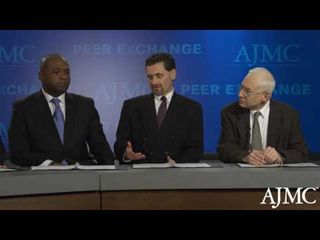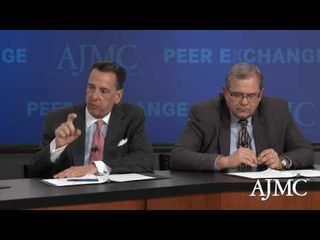
Technology
Latest News
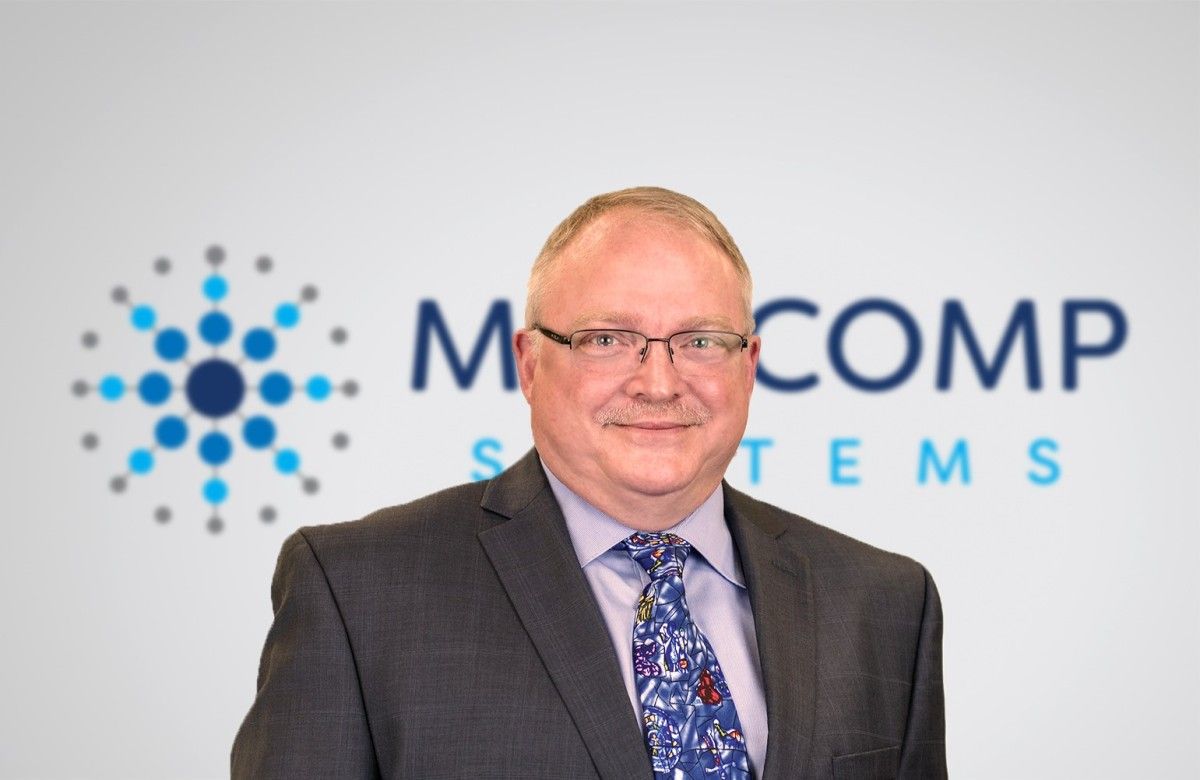
Latest Videos

CME Content
More News

The use of digital health solutions has been a tremendous benefit during the pandemic that should continue, said Susan Escudier, MD, FACP, vice president, value-based care and quality programs, Texas Oncology.

Children with type 1 diabetes had the highest rates of using continuous glucose monitoring and continuous subcutaneous insulin infusion in Italy, according to recent research, but economic barriers prevent widespread adoption.
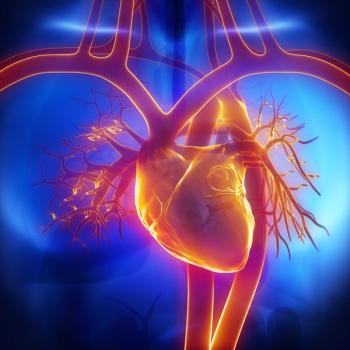
Several measures of hemodynamic capacity were improved in this study that evaluated sacubitril/valsartan use for heart failure with preserved ejection fraction and pulmonary hypertension (HFpEF-PH).

As the number of known cancer targets and precision therapies increases, implementing whole-genome sequencing (WGS) into regular clinical practice may benefit patients with metastatic cancer.

Medication adherence is not the only area to focus on for older adults who have Medicare coverage. Optimizing treatment and medication access are also important.

A recent study examined whether an artificial intelligence (AI) trained risk model could screen for retinopathy of prematurity, a leading cause of preventable blindness in infants in low- and middle-income countries, via telehealth.

Polypharmacy and medication adherence are common problems among the Medicare patient population, and this article addresses how Medicare Advantage plans can address these challenges and improve patient outcomes.

Two posters presented at the American Society of Retina Specialists 40th Annual Scientific Meeting evaluated the impact of the COVID-19 pandemic on rates of patients lost to follow-up and patient perspectives regarding telehealth for retinal disease.

A machine learning model was able to predict visual outcomes and showed that the time from diagnosis to first treatment indicates visual improvement in patients with macular edema due to central retinal vein occlusion (CRVO).

Although technology is allowing for earlier detection of eye conditions, lack of reimbursement and insurance coverage remain major barriers to widespread use, explained speakers at the American Society of Retina Specialists 40th Annual Scientific Meeting.

The retina space is evolving due to new technology that is changing the way specialists deliver care, whether that means offering the ability to do new procedures in the office or providing more virtual or hybrid care.

Participants in a digital acute musculoskeletal (MSK) program experienced better pain and function outcomes vs nonparticipants, demonstrating benefits for acute and subacute MSK conditions.

Social determinants of health present many health-related challenges for Medicare Advantage (MA) plan members, something these plans are looking to overcome by diversifying their service offerings.
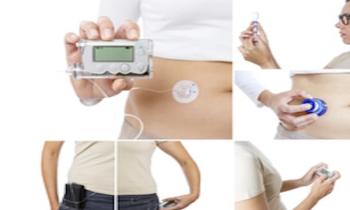
Knowing that insulin requirements vary widely among persons who have type 1 diabetes, 3-month effectiveness of the Omnipod 5 Automated Insulin Delivery System was evaluated across 6 daily insulin doses.
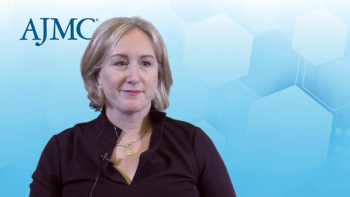
Digital health care has been a key initiative at Texas Oncology, because it ensure patients can receive better care at their home, explained Debra Patt, MD, PhD, MBA, executive vice president of Texas Oncology.

Extended safety and effectiveness of the Omnipod 5 AID system were investigated in this 12-month extension of a previous 3-month study conducted among persons living with type 1 diabetes (T1D).

Patients with substance abuse disorder (SUD) saw a significant reduction in hospital encounters and per-patient costs after the initiation of a prescription digital therapeutic.

A review of more than 200 neurology-focused apps found opportunities to improve language offerings and hybrid use with clinicians.

Investigators from the Pediatric Diabetes Center at Hassenfeld Children’s Hospital at NYU Langone investigated outcomes disparities as they related to diabetes technology use among youth living with type 1 diabetes (T1D).

Debra Patt, MD, PhD, MBA, executive vice president of Texas Oncology, discusses how enhancements to telemedicine precipitated by the COVID-19 pandemic have made lasting and meaningful changes to oncology care, including that these care improvements will persist post pandemic.

Data from menstrual tracking apps may be used against people in certain states if Roe v Wade is overturned; 100 million Americans, including 41% of adults, have health care debt; Express Scripts reported results of its program to lower diabetes-related costs.

After completing 6 modules in a digital therapeutic for insomnia, most users met criteria for meaningful treatment response and 40% met criteria for remission.

A wearable device powered by artificial intelligence and the Internet of Things to create a "digital twin" reduced glycated hemoglobin and improved remission rates for patients with type 2 diabetes (T2D) through personalized care.

During a session at the 2022 European Hematology Association Congress, speakers discussed how artificial intelligence (AI) can help advance the principles of ethical medicine—but also how new technologies are being used to undermine the integrity of scientific research.

Designing rational spending targets and having small sample sizes are 2 main challenges payers and partners face in the shift toward alternative payment models (APMs), said Ravi B. Parikh, MD, MPP, assistant professor of medical ethics and health policy, assistant professor of medicine, University of Pennsylvania.






